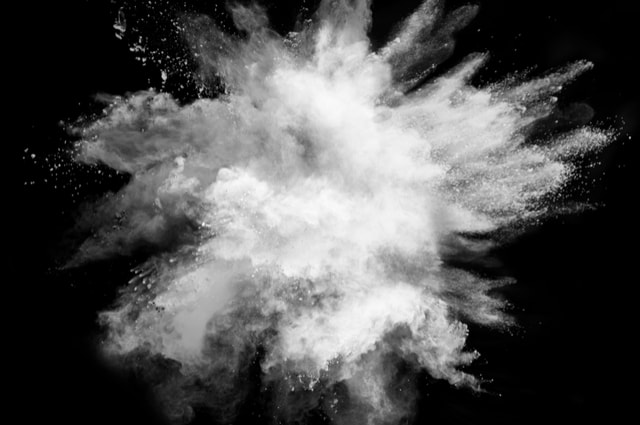
In February 1999, an explosion in a Massachusetts Foundry killed three people and injured nine. The same scenario repeated itself in January 2003 when an explosion in a pharmaceutical plant located in North Carolina killed six and injured 38 individuals. The same year, another explosion in a Kentucky acoustics insulation manufacturing firm killed seven and injured 37. Five years later, an explosion took place at a Georgian sugar refinery that ended up killing 14 and injuring 38 people. The list seems endless. However, in all these explosions and many more, one thing was clear. The culprit was dust.
What are Dust Explosions?
A dust explosion is defined as the fast combustion of small particles suspended in the air, most notably but not always in enclosed locations. Dust explosions could take place in locations where dispersed combustible materials are present in high concentrations in the atmosphere or any other oxidising gaseous elements such as oxygen. Tiny particles of metal dust and metal particles are the by-products of the manufacturing process, and a cloud of them requires a spark to explode – which, in turn, can loft even more dust that triggers further explosions.
Dangers of Dust Explosions
Dust explosions are dangerous and harmful. Since 1980, more than 133 people have been killed by dust explosions in the United States alone. Despite killing people, these sorts of explosions have the capability of destroying buildings and hurling individuals across a room. Individuals caught in dustexplosions are often burned by the intensity of heat within the burning cloud of dust or get injured by flying objects and other falling structures. Furthermore, reports of people who have lost their sight or the ability to hear clearly as a result of dust explosions are not new. These are some of the dangers of dust explosion.
How to mitigate Dust Explosions
Dust explosions continue to kill and injure people. The statistics and staggering figures on the number of people killed or injured by these explosions are worrying. Something needs to be done urgently to eliminate incidences of dust explosions.
First of all, it is important for industries to invest in industrial vacuum cleaners among other industrial cleaning equipment tocontrol fugitive combustible dust. These equipment collect combustible dust into disposable bags which could then be piped outside. Furthermore, to avoid such explosions, the following needs to be done:
• Heated surfaces and systems should be separated from dust
• Dust residues should be cleaned at regular intervals
• Cleaning methods that do not generate dust clouds should be adopted
• Only approved vacuum cleaners for dust collection should be used
• A hazardous and dust inspection, housekeeping, testing, and control program needs to be developed and implemented
• Industries should utilise surfaces that minimise the accumulation of dust while facilitating cleaning
• Escape of dust from ventilation systems or process equipment should be minimised.

 If you are looking to hire a cleaning company in the near future, it is vital to understand the differences between industrial and domestic floor cleaning. This will enable you to make an informed decision on the type of cleaning service to procure.
If you are looking to hire a cleaning company in the near future, it is vital to understand the differences between industrial and domestic floor cleaning. This will enable you to make an informed decision on the type of cleaning service to procure.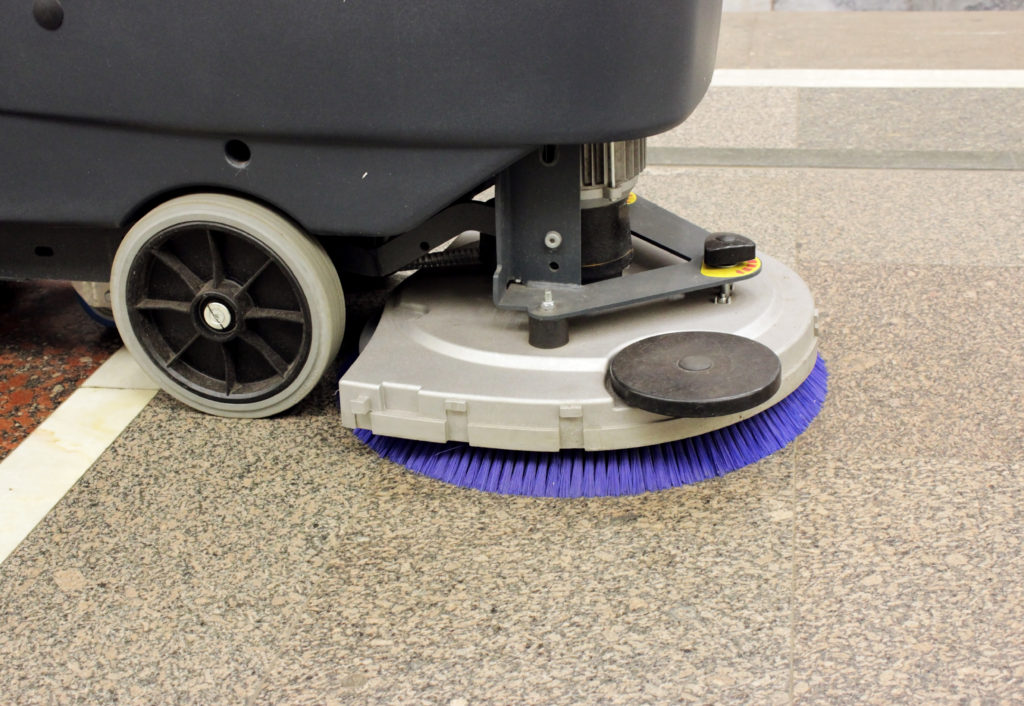


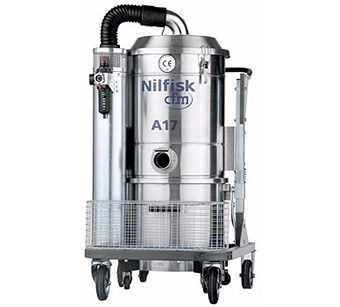 If looking into choosing from the range of
If looking into choosing from the range of 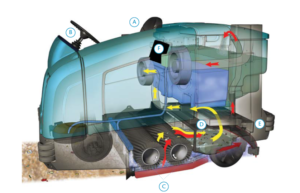 For your industrial floor cleaning machine to work effectively, and for it to give you long-term service, you have to condition it to regular servicing. Normally, the number of times to do the servicing depends on how frequent you use the cleaning equipment. Cleaning machines that are used often should be serviced more regularly than those that are less used. Hiring a floor machine servicing firm like
For your industrial floor cleaning machine to work effectively, and for it to give you long-term service, you have to condition it to regular servicing. Normally, the number of times to do the servicing depends on how frequent you use the cleaning equipment. Cleaning machines that are used often should be serviced more regularly than those that are less used. Hiring a floor machine servicing firm like 
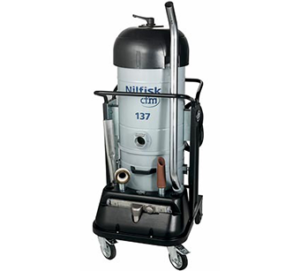 Generally, there are many reasons why you should procure the industrial vacuum cleaners. It’s very important to consider industrial vacuum cleaner hire for the best cleaning results and advice. You will always like the benefits attached to the use of the vacuum cleaners.
Generally, there are many reasons why you should procure the industrial vacuum cleaners. It’s very important to consider industrial vacuum cleaner hire for the best cleaning results and advice. You will always like the benefits attached to the use of the vacuum cleaners.
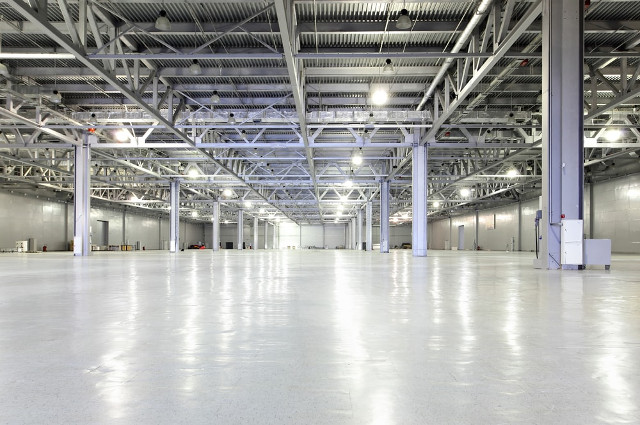
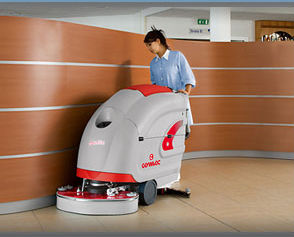
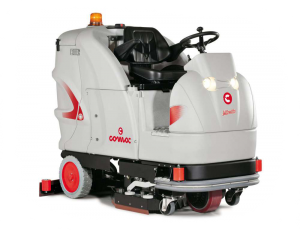 The best scrubber model depends on the surface area to be cleaned, and the type of floor, as in tiled, vinyl, terrazzo, concrete, or anything else. Heavy-duty machines, although costing more, gets into tight and low spots very well, compared to lighter machines. The best method to clean especially dirty or tough spots is to pour out the cleaning solution and scrub for a few passes, and then activate the suction at the final pass. Heavy-duty scrubbers are especially useful for cleaning ceramic floor tiles in a thorough manner, to make explicit the quartz sparkles, which remain hidden under a layer of grime, under normal wet clean. Many models are versatile machines, working best with all types of floors, including uneven, smooth and hard floors. Changing a couple of parts, in some models, can even convert the machine to a professional carpet cleaning machine.
The best scrubber model depends on the surface area to be cleaned, and the type of floor, as in tiled, vinyl, terrazzo, concrete, or anything else. Heavy-duty machines, although costing more, gets into tight and low spots very well, compared to lighter machines. The best method to clean especially dirty or tough spots is to pour out the cleaning solution and scrub for a few passes, and then activate the suction at the final pass. Heavy-duty scrubbers are especially useful for cleaning ceramic floor tiles in a thorough manner, to make explicit the quartz sparkles, which remain hidden under a layer of grime, under normal wet clean. Many models are versatile machines, working best with all types of floors, including uneven, smooth and hard floors. Changing a couple of parts, in some models, can even convert the machine to a professional carpet cleaning machine.